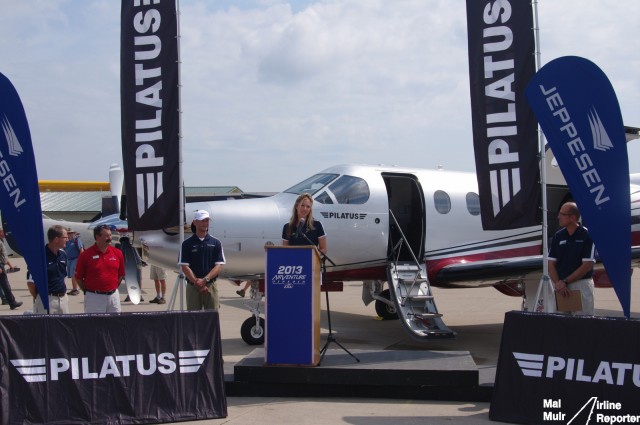
Amelia Rose Earhart announces that she will recreate her namesake’s flight around the world in 2014 – Photo: Mal Muir | AirlineReporter.com
In 1937, Amelia Earhart attempted to circumnavigate the globe; however, somewhere between Lae, Papua New Guinea (PNG) and Howland Island she disappeared, never to be seen again. The fate of Amelia Earhart has been speculated upon for nearly 3/4 of a century, fascinating and frustrating searchers as well. Recently, another Amelia Earhart announced she would also circumnavigate the globe, recreating the original Amelia’s original flight (this time hopefully completing the journey).
Amelia Rose Earhart (oddly, no actual relation), a traffic and weather TV personality in Denver, will set off with her copilot Patrick Carter from Oakland, California to recreate that fateful journey next summer.
Over 100 hours of flying time, and 14 stops, will be made along the route as they cover nearly 28,000 miles. If successful, Amelia will achieve the honor of being the youngest female pilot to circumnavigate the globe in a single engine aircraft – the Pilatus PC-12NG.
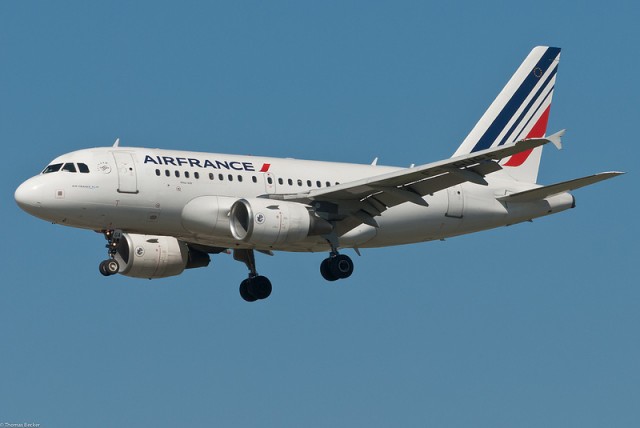
An Air France Airbus A318. The airline is the world’s largest operator of the A318. Photo: Thomas Becker
The last Airbus A318 operated by a North American airline has exited service. The A318, sometimes affectionately referred to as the “Babybus,” is the smallest member of the Airbus A320 family. Weighing nearly the same as its larger brother, the A319, and operating with the same crew requirements, the economics of operating the A318 in North America just didn’t make sense. The similarly-sized Boeing 737-600 has largely suffered the same fate (although WestJet still operates a fleet in Canada).
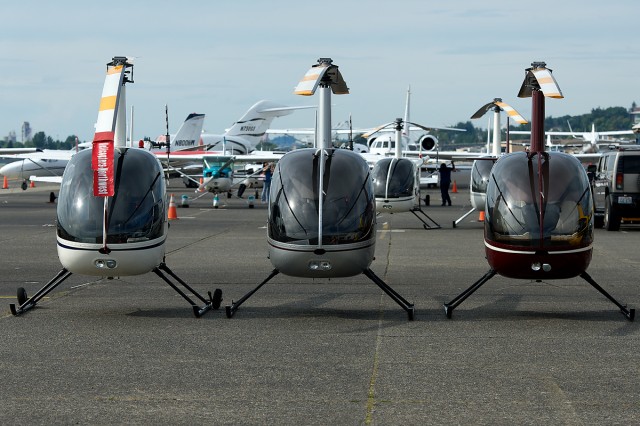
A row of Robinson R-22s at Boeing Field
From my previous articles, I think it’s apparent to both fans and occasional readers that I’m relatively obsessive when it comes to matters of aviation photography.
Helicopter spotting is not new; far from it. Friends of mine are pioneers of helicopter-borne aviation photography, but I had never really considered it to be viable in the Pacific Northwest.
Turns out that I was wrong – very, very, wrong.
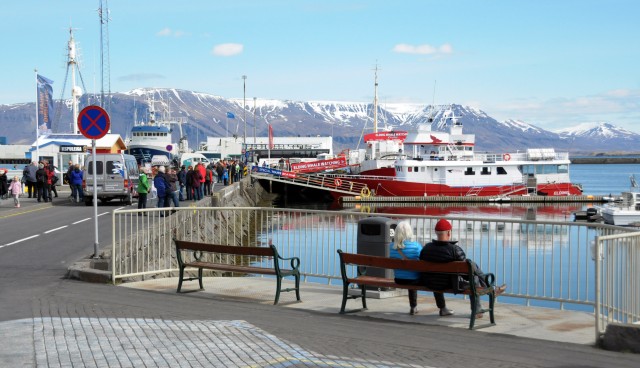
Reykjavàk’s Old Harbor – just one of the many beautiful views of Iceland. Image: Nicholas Smith / AirlineReporter.com
Being based in Seattle, Icelandair’s nonstop flights bring Reykjavàk about as close as the flight to Miami. The question that everyone keeps asking me, though, is ’œwhy would you visit Iceland?’
Iceland’s terrain and activities match Seattle’s ’œweather be damned’ love affair with the outdoors to the tee. The trans-continental island’s atmosphere is unrelentingly Myst-esque; clean, fresh, bright, and utterly colorful. The temperate climate, driven by the warm Irminger Current, keeps the island nation splendid throughout the year. The looks are reason enough to visit, but adventure doesn’t come from looks alone.
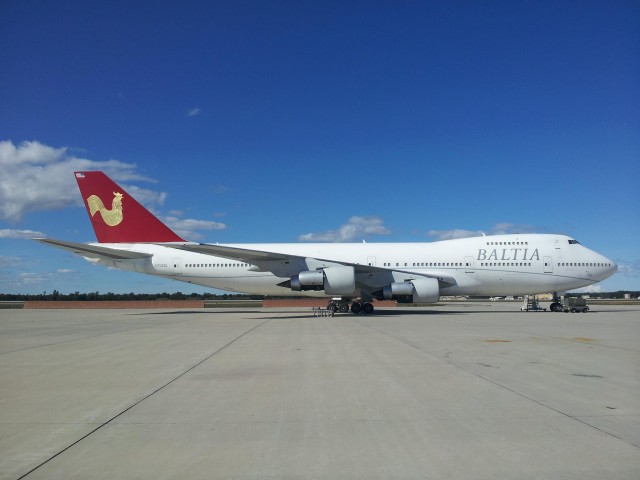
Baltia Air Lines’ Boeing 747-200 (N706BL). Image: Baltia.
When we last took a look at Baltia Air Lines they had just been accepted into the Federal Aviation Administration’s Safety Management System pilot program. They had even debuted an outstanding new livery. Today, we have even more positive news about this 24-year old airline start-up. They are now training their first flight crews!
Earlier this week, Baltia issued a statement to their investors and the world that they have taken another step towards full operation.




